Astaxanthin: The Super Antioxidant
- What is astaxanthin?
- Source of Astaxanthin
- Absorption of Astaxanthin
- Astaxanthin's rise in popularity
- Advantages of astaxanthin
- Dosage
- Safety
- Choosing right astaxanthin supplement
- Why we are using Astareal Natural Astaxanthin
- References
What is Astaxanthin?
Astaxanthin is a red fat-soluble pigment classified as a carotenoid (plant pigments commonly found in fruits and vegetables.), occurs naturally as a metabolite in various bacteria, microalgae, and yeasts. It is a natural carotenoid, responsible for the vibrant red-orange colour seen in animals like salmon, red trout, shrimp, krill, crab, lobster, and crayfish. These animals serve as both natural sources and dietary sources of this pigment.

Source of Astaxanthin :
Humans primarily obtain astaxanthin through seafood consumption or by extracting it from the microalga Haematococcus pluvialis or yeast species like Phaffia.
Haematococcus pluvialis (H. pluvialis) is a type of green microalga known for producing high levels of astaxanthin when exposed to stressors like high salinity, lack of nitrogen, high temperature, and intense light. This astaxanthin from H. pluvialis is widely used by humans.

Absorption of Astaxanthin:
When you ingest astaxanthin, it mixes with bile acids in your intestine, which help absorb lipids. This mixture forms tiny lipid molecules called micelles in the intestine. These micelles are partially absorbed by cells in the intestinal lining. Then, they are incorporated into chylomicrons, which are particles containing both protein and fats. These chylomicrons travel through your bloodstream. Along the way, an enzyme called lipoprotein lipase digests fats in the chylomicrons, and the resulting bits are taken up by the liver and other tissues. This is how astaxanthin is transported to various tissues in your body.

Astaxanthin's Rise in Popularity :
Astaxanthin has gained popularity as a supplement because of its many health benefits and potent antioxidant qualities.It serves as a potent antioxidant as it effectively combats harmful reactive oxygen species (ROS) while being gentle on the body's cells. Its remarkable structure enables it to neutralise free radicals from both hydrophilic and hydrophobic boundaries (watery and fatty) of cell membranes, making it a more powerful antioxidant than others.
Do you know astaxanthin is often referred to as the "super vitamin E" because of its superior antioxidant properties compared to other carotenoids, vitamin C, and vitamin E.

Advantages of astaxanthin over other carotenoids
Some of the advantages of astaxanthin over other carotenoids are:
- More stable compared to other carotenoids,
- High antioxidant potential (6000 times more than vitamin C, 40 times more than β-carotene and 550 times more than α-tocopherol)
- Easily cross the blood–brain barrier
- High tinctorial (colouring) property.
Antioxidant activity :
Antioxidants are molecules that can prevent oxidation, a process that can lead to damage in cells. This damage is caused by free radicals and reactive oxygen species (ROS), which are produced during normal aerobic metabolism. When there are too many of these reactive molecules, they can start chain reactions that harm proteins, lipids, and DNA, leading to disorders. Antioxidants like carotenoids can help stop these harmful chain reactions.
Astaxanthin contains a unique molecular structure, which is responsible for the high antioxidant properties. Antioxidant activity of astaxanthin was 40 times more than zeaxanthin, lutein, canthaxanthin, β-carotene (different types of xanthophylls) and 550 times higher than α-tocopherol (type of vitamin E).

Prevents cell damage :
Anti-lipid peroxidation activity refers to the ability of a substance to inhibit or reduce the oxidative degradation of lipids (fats) in cell membranes. Lipid peroxidation occurs when free radicals or reactive oxygen species attack and damage lipids, leading to the deterioration of cell membranes and various cellular components. Substances with anti-lipid peroxidation activity help protect cell membranes from oxidative damage, thereby preserving their integrity and function. This activity is important for overall cellular health and may have implications for preventing various diseases associated with oxidative stress.

Prevents skin damage :
The skin, consisting of the epidermis, dermis, and hypodermis, acts as a protective barrier against external factors like UV ray exposure, which can lead to photoaging. Astaxanthin, by integrating into cell membranes, helps prevent damage caused by lipid peroxidation, reducing the formation of wrinkles and also can prevent skin thickening and collagen reduction against UV induced skin damage. Additionally, it may have anti-inflammatory effects by inhibiting inflammatory mediators. Atopic dermatitis (AD), often seen in older individuals with weakened skin barrier functions due to decreased metabolic activity, can potentially benefit from dietary astaxanthin supplementation.

Helps in inflammation :
Astaxanthin is a potent antioxidant to terminate the induction of inflammation in biological systems. It acts against inflammation by reducing the DNA oxidative damage biomarker, thus enhancing immune response.
Increases immunity :
The immune system cells are highly sensitive to damage caused by free radicals. Astaxanthin, as an antioxidant, helps produce immunoglobulins in human cells and shields against free radical damage, thus safeguarding the immune system's defences.
Anti diabetic activity :
Generally, oxidative stress levels are very high in diabetes mellitus patients. It is induced by hyperglycemia, due to the dysfunction of pancreatic β-cells (produces and releases insulin ) and tissue damage in patients. Astaxanthin could reduce the oxidative stress caused by hyperglycemia in pancreatic β-cells and also improve glucose and serum insulin levels. Astaxanthin can protect pancreatic β-cells against glucose toxicity.
Anti cancer activity :
Reactive oxygen species accelerate ageing and contribute to degenerative diseases such as cancer and atherosclerosis by oxidising DNA, proteins, and lipids. Cell–cell communication through gap junctions is lacking in human tumours and its restoration tends to decrease tumour cell proliferation. Antioxidant compounds reduce the occurrence of mutations and cancer formation by preventing oxidative damage to cells.
Astaxanthin, in particular, exhibits significant anti-tumor properties compared to other carotenoids like canthaxanthin and β-carotene. It effectively inhibits the growth of fibrosarcoma, breast, and prostate cancer cells, as well as embryonic fibroblasts. Moreover, astaxanthin promotes increased gap junctional intercellular communication in primary human skin fibroblasts, which helps inhibit cell death, cell proliferation, and the formation of mammary tumors.

Dosage :
Astaxanthin is a fat soluble compound, with increased absorption when consumed with dietary oils therefore it is advised to take astaxanthin alongside omega-3 rich seed oils like chia, flaxseed, fish, nuts, walnuts, and almonds. In order to get 3.6 mg of astaxanthin one can eat 165 grams of salmon per day. Astaxanthin supplement at 3.6 mg per day can be beneficial to health.
Astaxanthin is available in various forms such as foods, soft gels, capsules, and creams, usually in combination with other ingredients. The recommended daily dose of astaxanthin ranges from 2 to 4 mg. A study found no adverse effects in adult subjects when given a daily dose of 6 mg of astaxanthin.
Safety :
Astaxanthin is safe, with no side effects when it is consumed with food. It is lipid soluble, accumulates in animal tissues after feeding of astaxanthin to rats and no toxic effects were found. Excessive astaxanthin consumption leads to yellow to reddish pigmentation of the skin in animals. Astaxanthin is incorporated into fish feed, resulting in the fish skin becoming reddish in colour.
Choosing the right Astaxanthin Supplement :
Finding the right supplement is crucial, considering factors like purity, potency, and sourcing, which can greatly affect its effectiveness. Additionally, the form of the supplement can impact how well it's absorbed and utilised by the body. Astaxanthin supplements are increasingly popular for their potential to support heart health, decrease inflammation, and strengthen the immune system. When it comes to dosage, most labels recommend a range of 3.6-4 mg of astaxanthin per day, as deviating significantly from this range is unlikely to provide extra benefits.
Why we are using AstaReal® Natural Astaxanthin :
- AstaReal/Fuji Chemical is the first company in the world to commercialise natural astaxanthin ingredient from Haematococcus Pluvialis Algae.
- When creating a new dosage form, they take care of customer needs, along with ingredient compatibility, rate of absorption, the avoidance of unpleasant odours or tastes, product stability and manufacturing efficiency.
- They chemical holds NDI (New Dietary ingredient) approval from USFDA for natural astaxanthin.

Reference links:
https://www.ncbi.nlm.nih.gov/pmc/articles/PMC3917265/
https://www.ncbi.nlm.nih.gov/pmc/articles/PMC5946307/
https://www.mdpi.com/2072-6643/13/9/2917
https://www.sciencedirect.com/topics/biochemistry-genetics-and-molecular-biology/astaxanthin
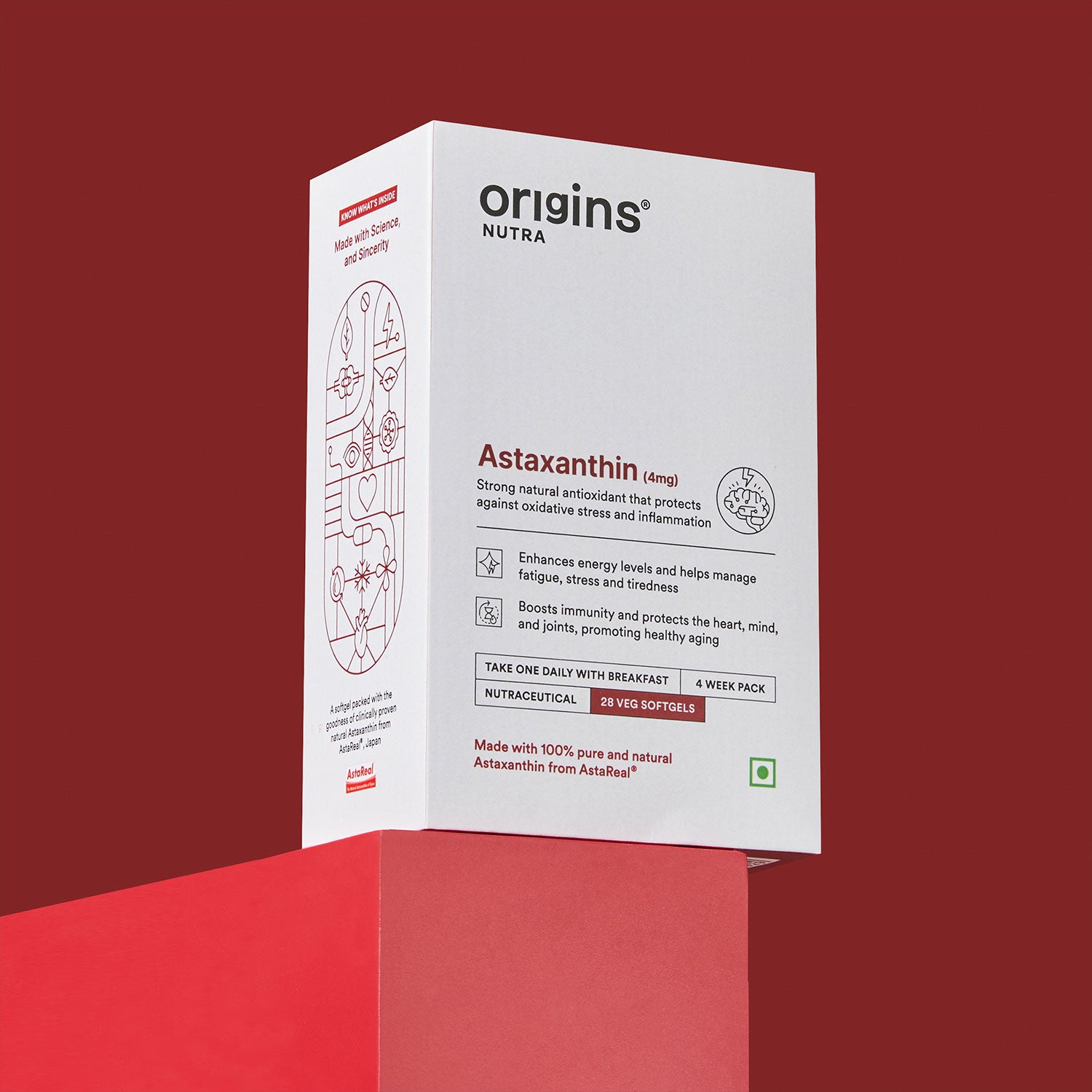
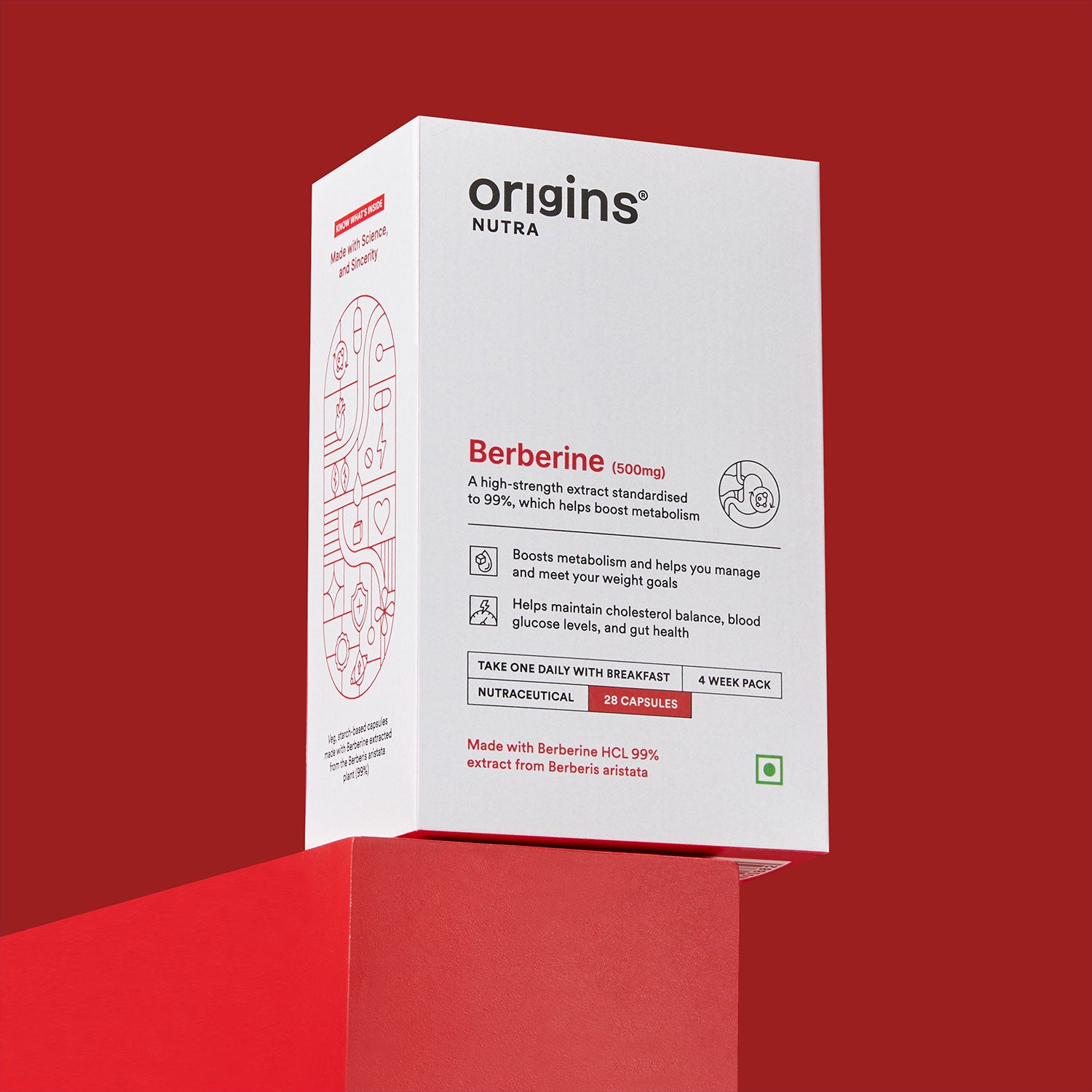
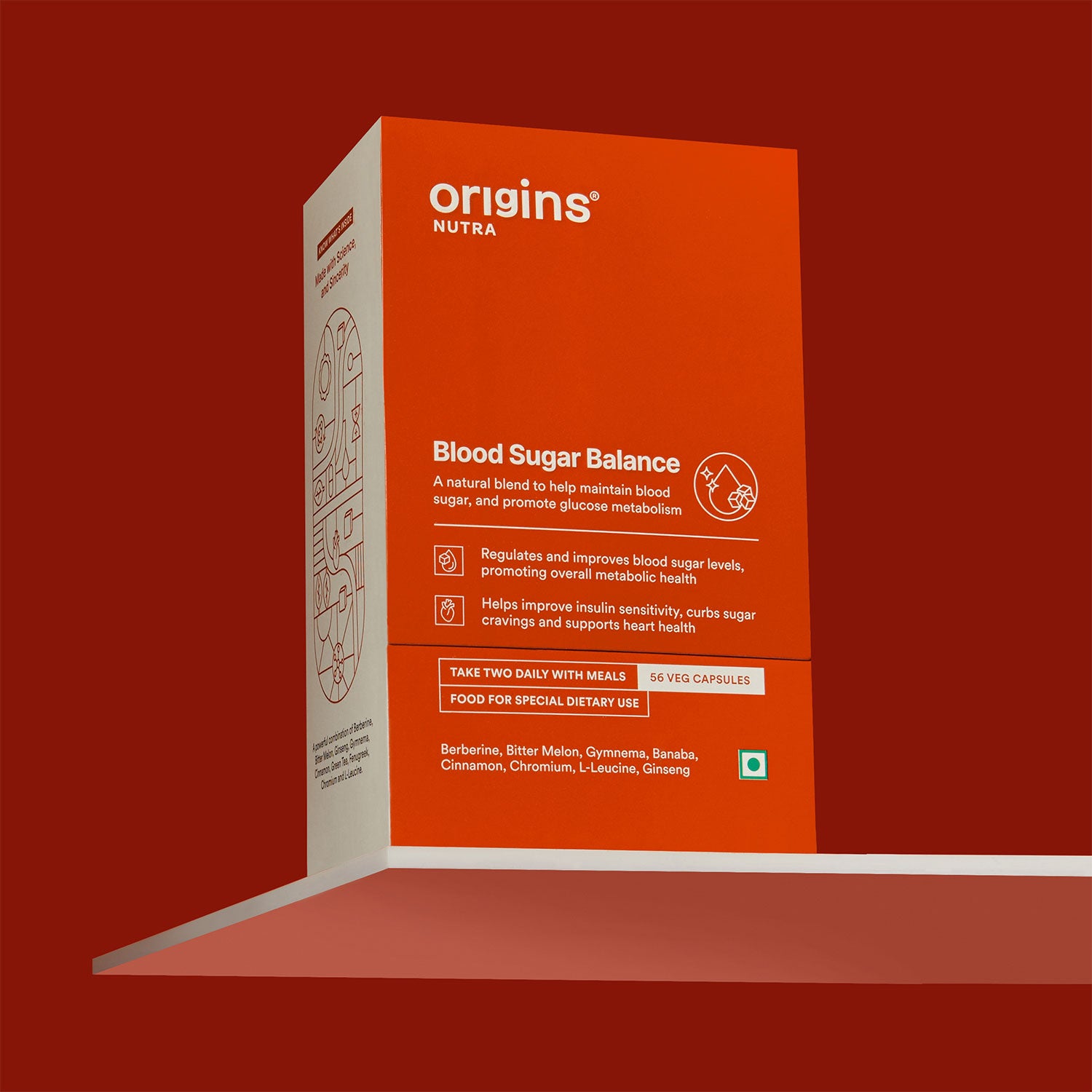
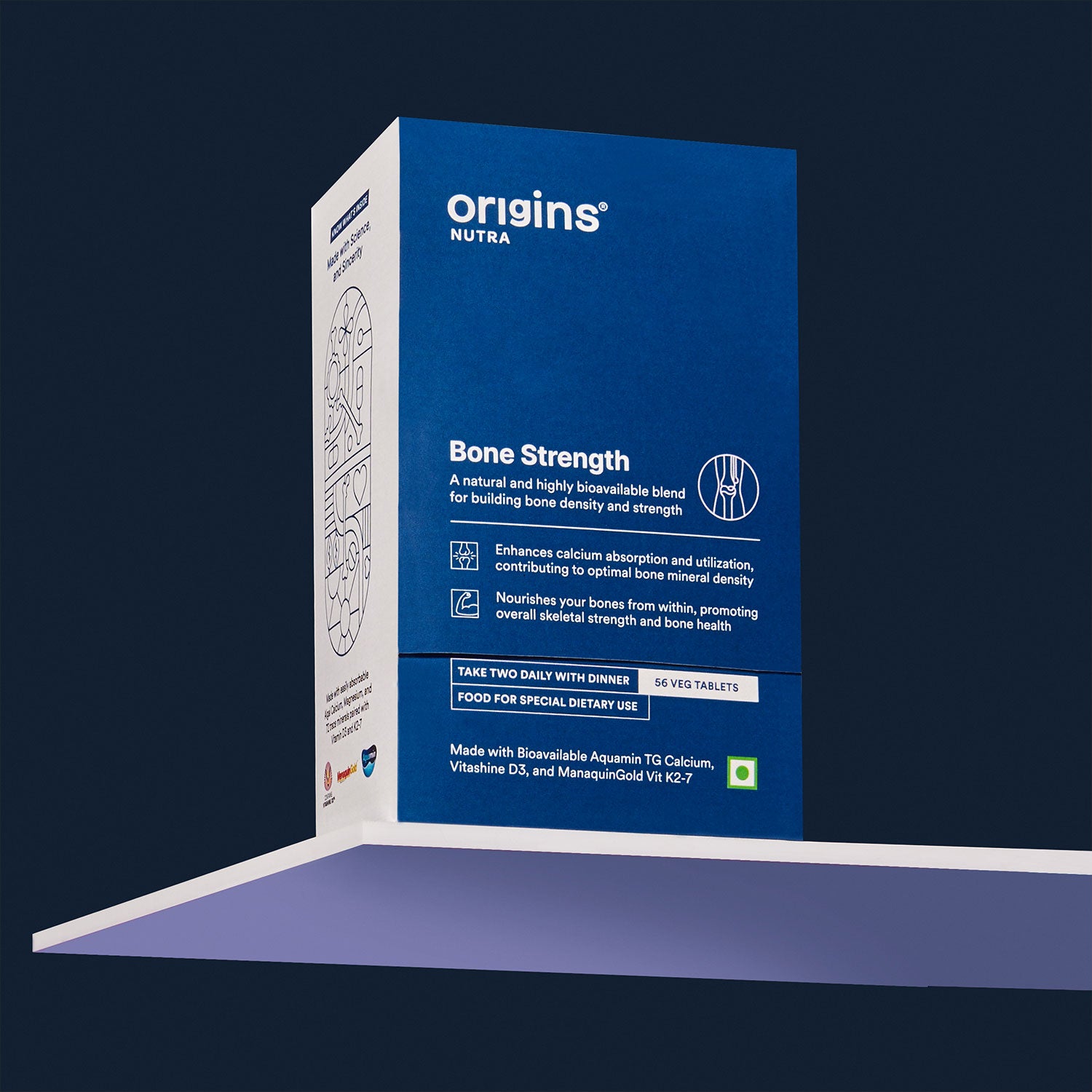
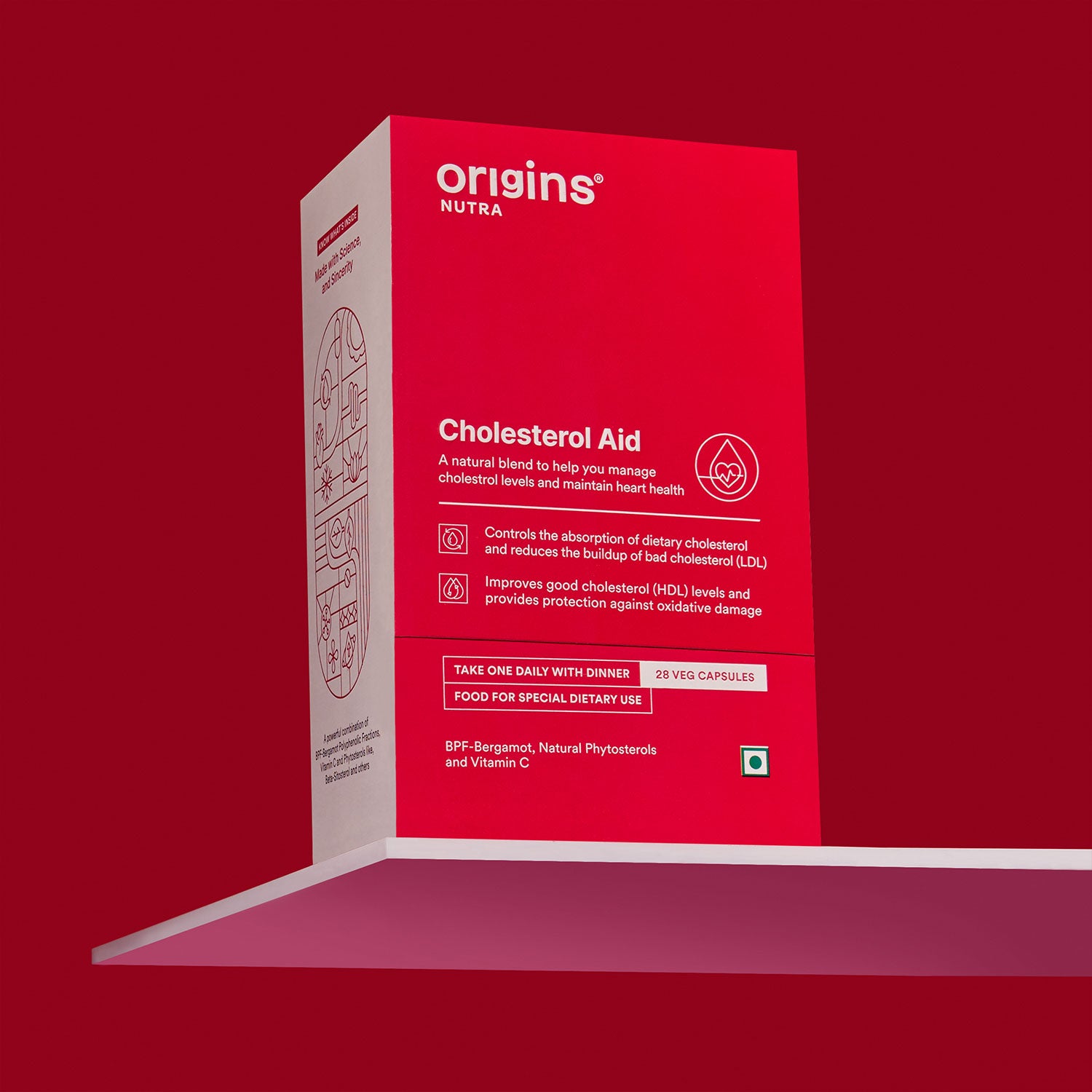
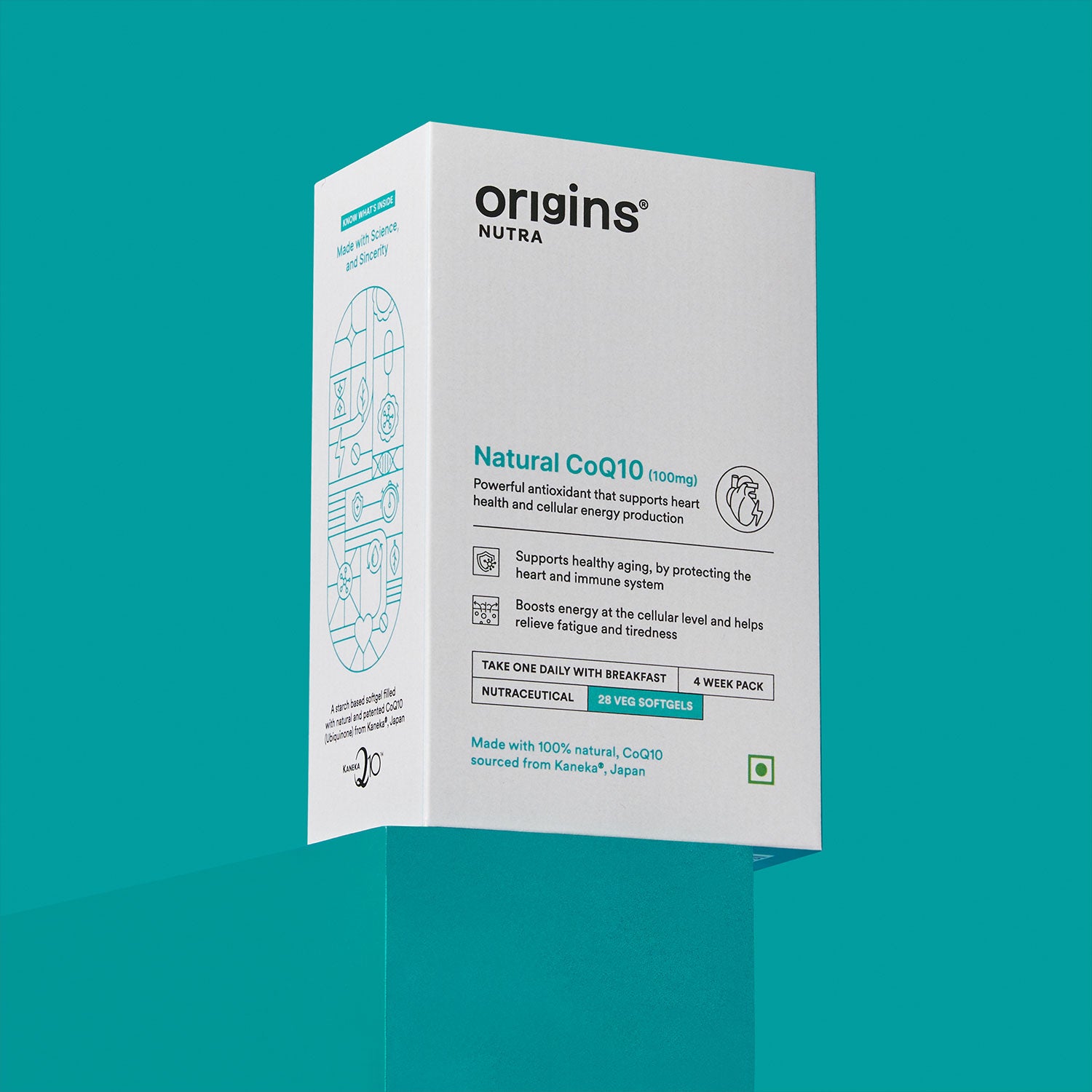
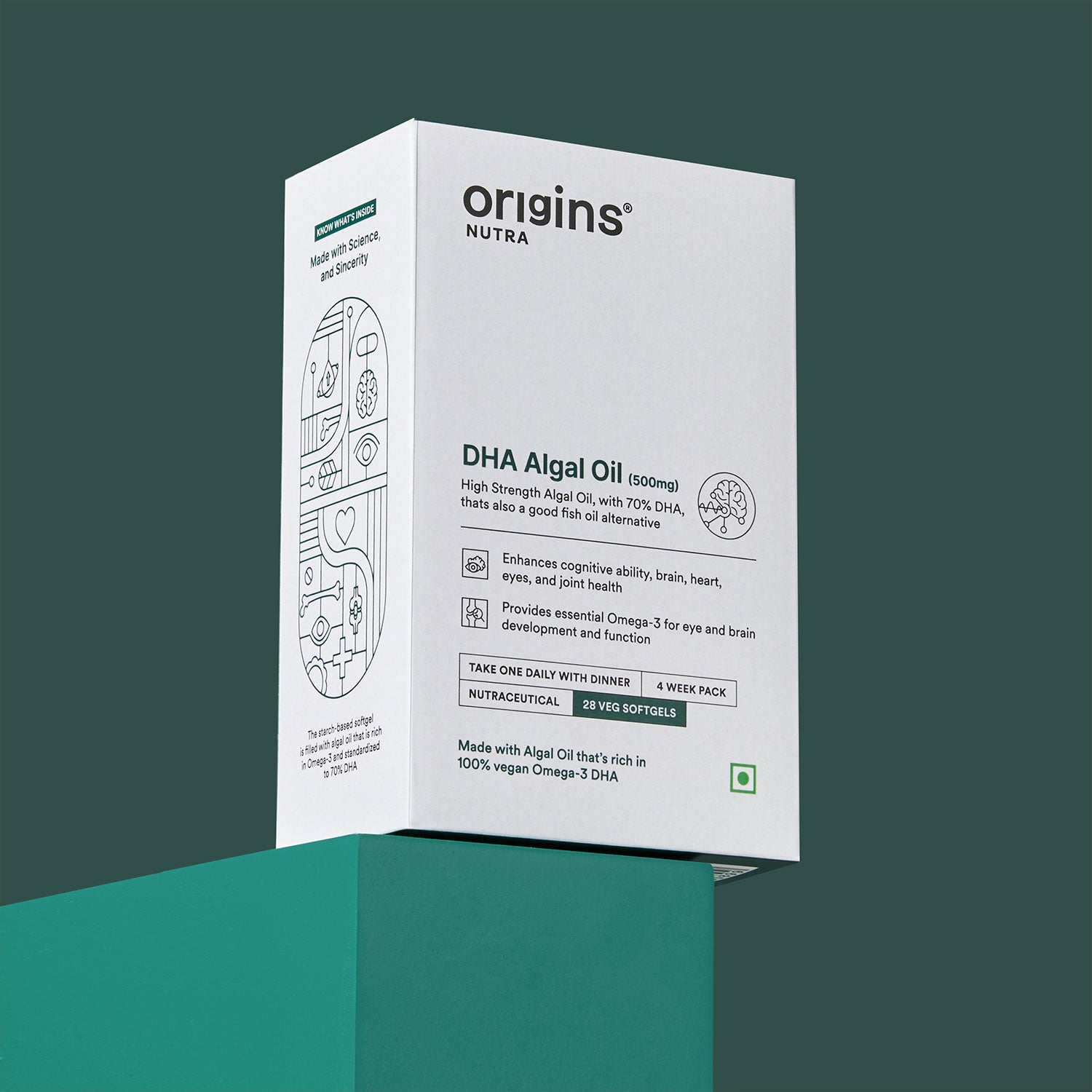
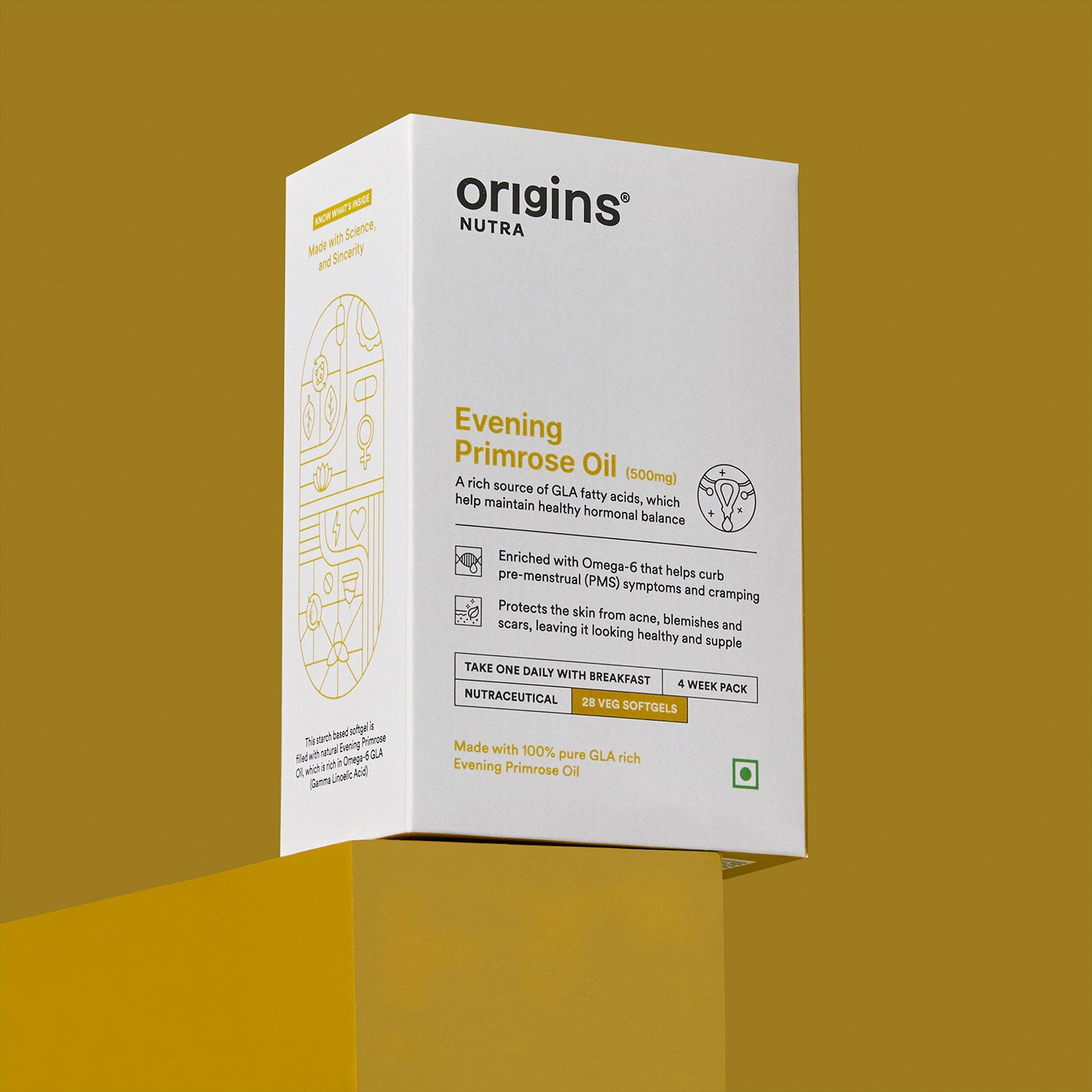
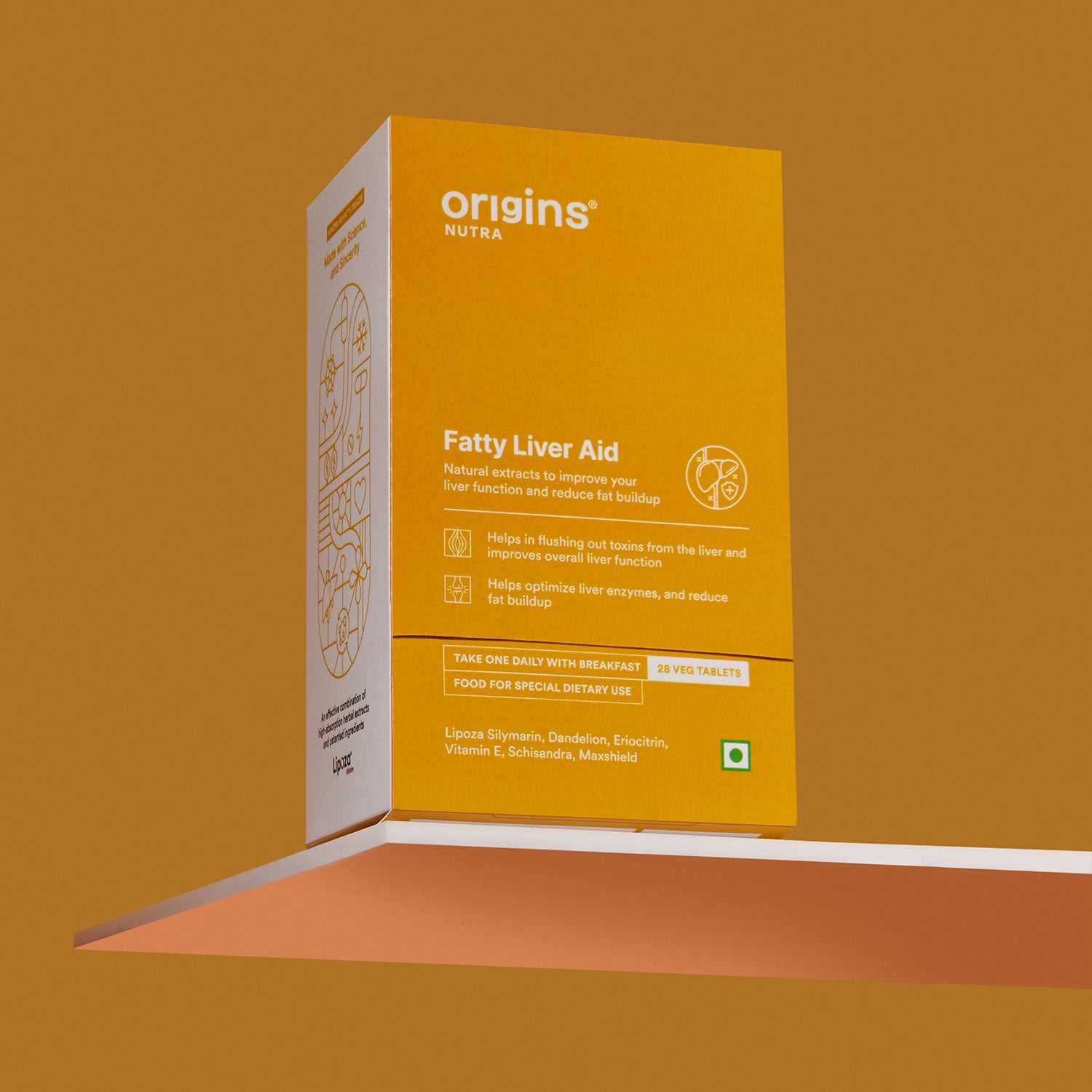
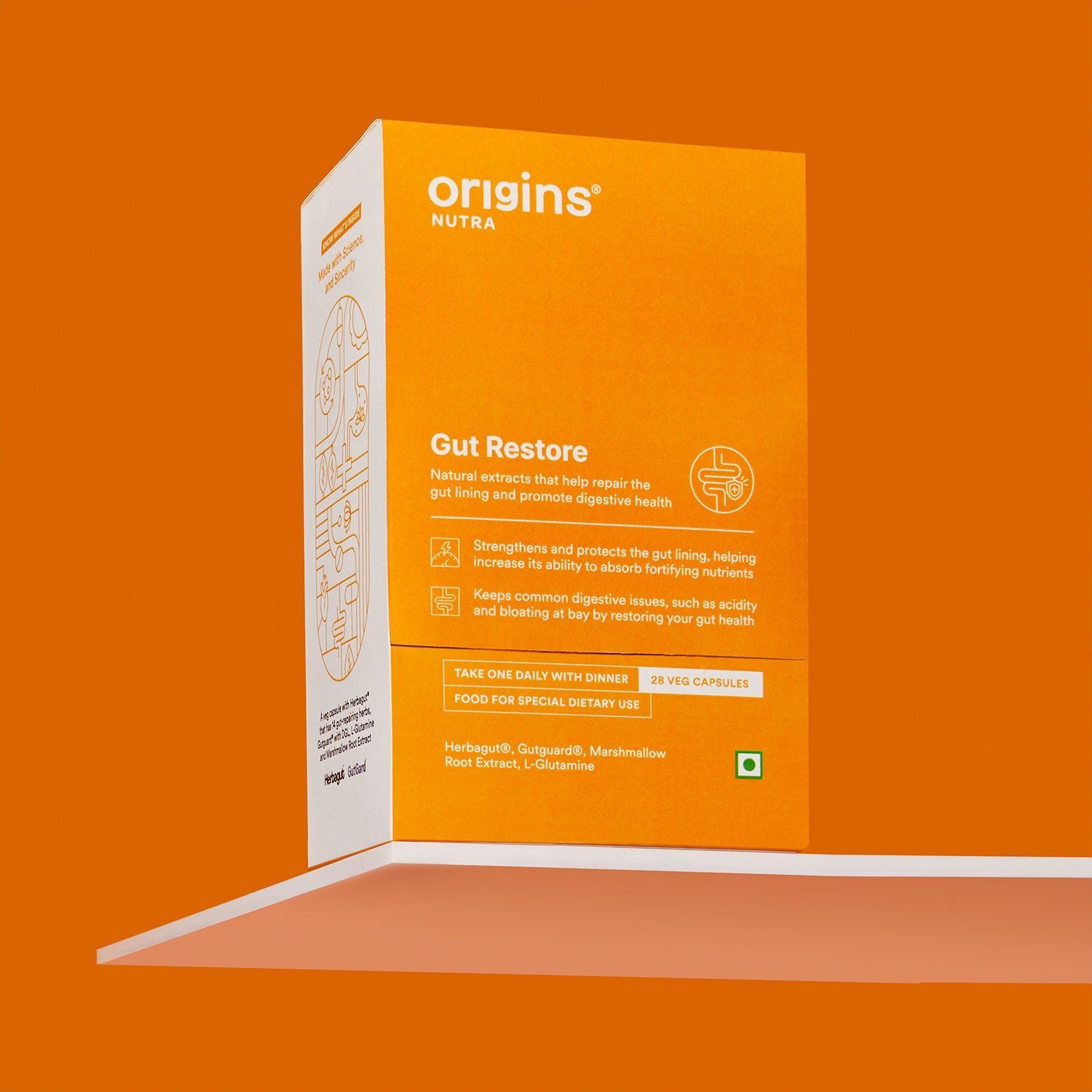
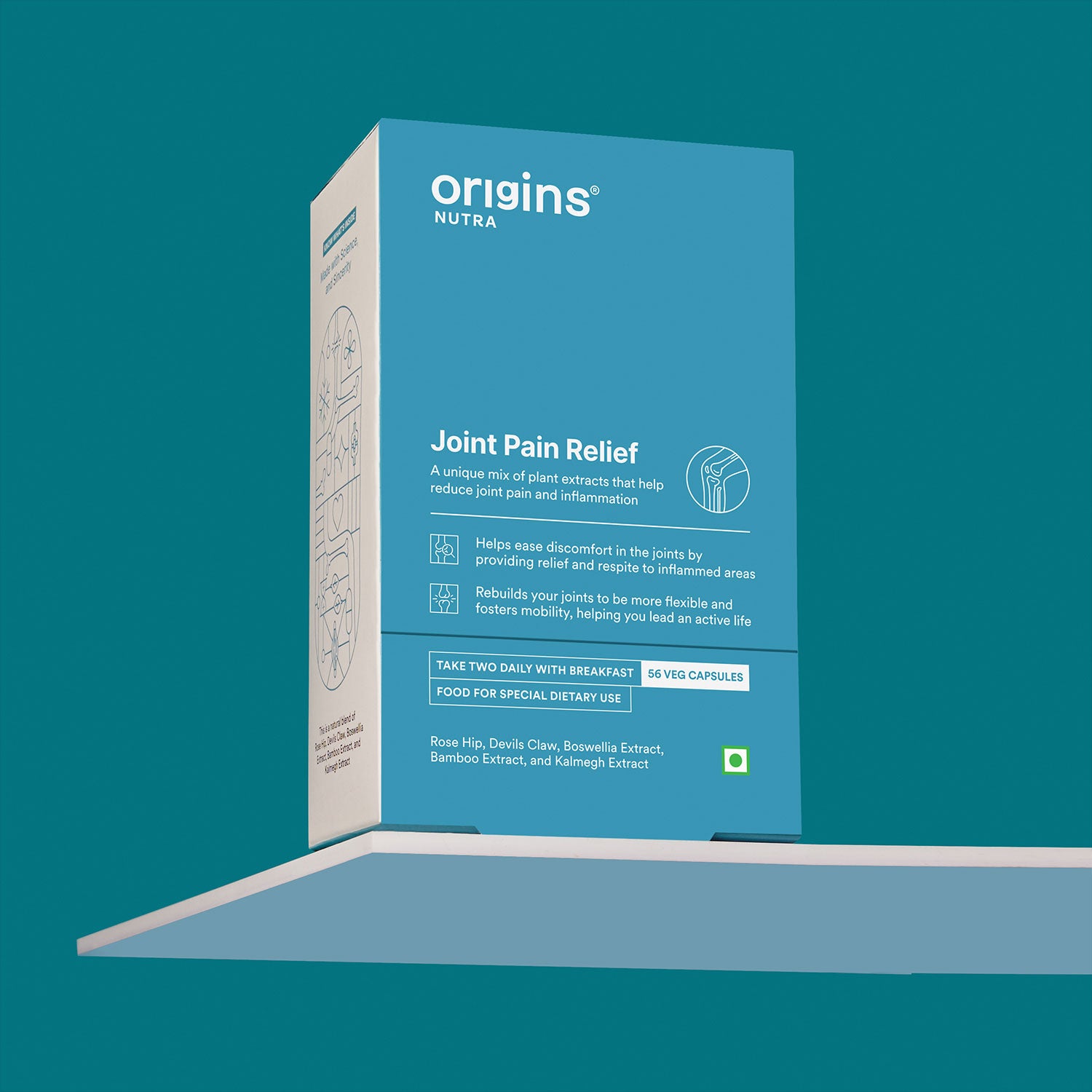
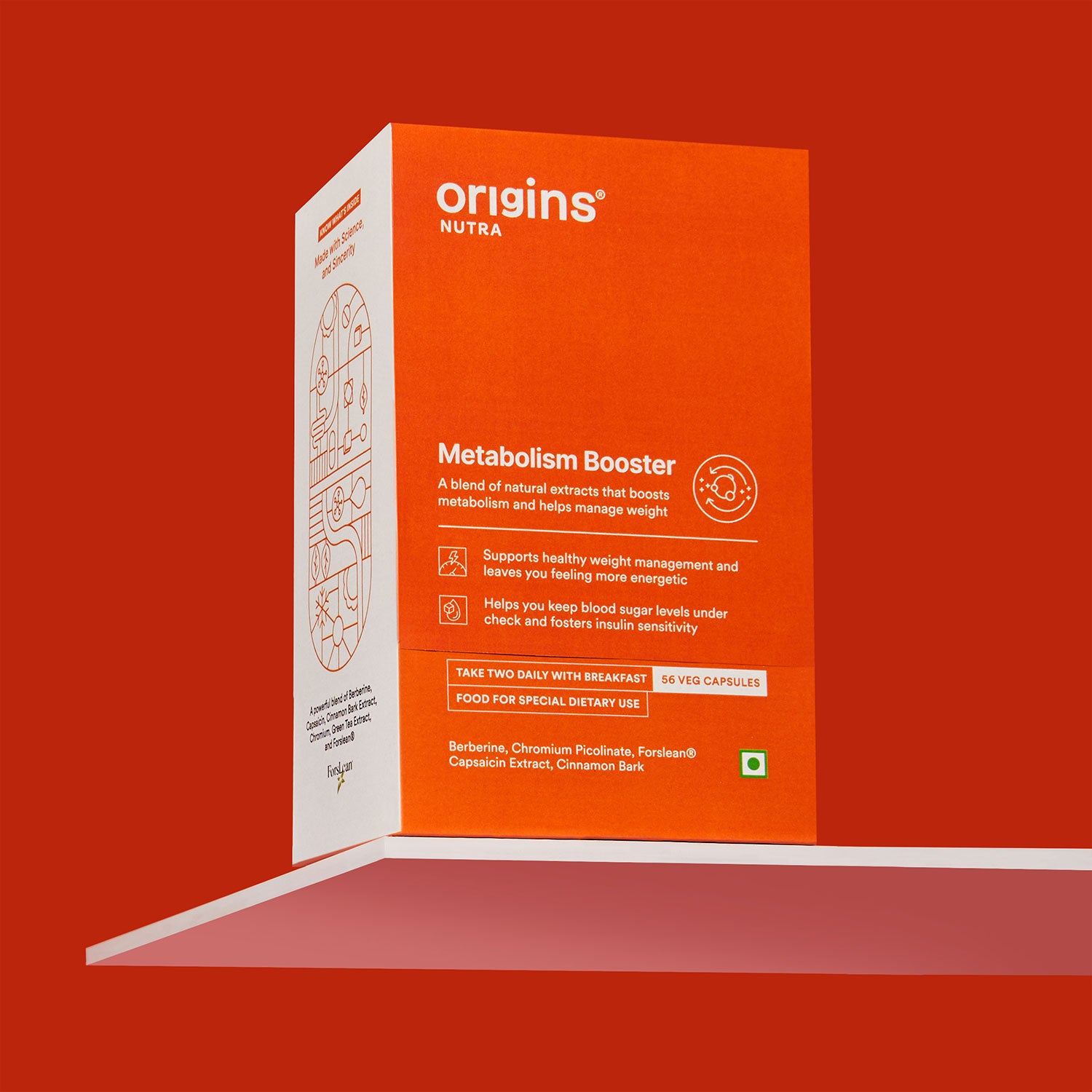
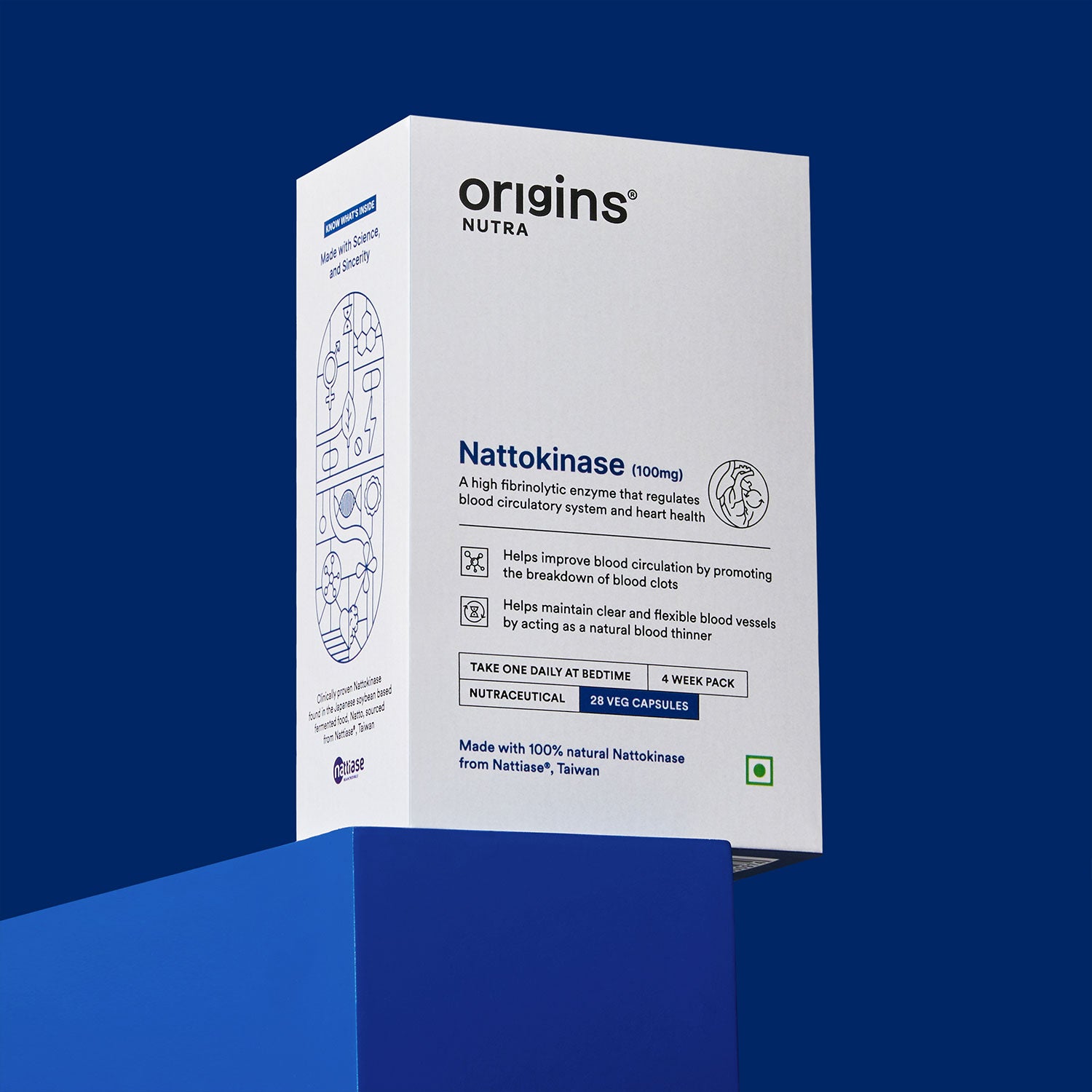
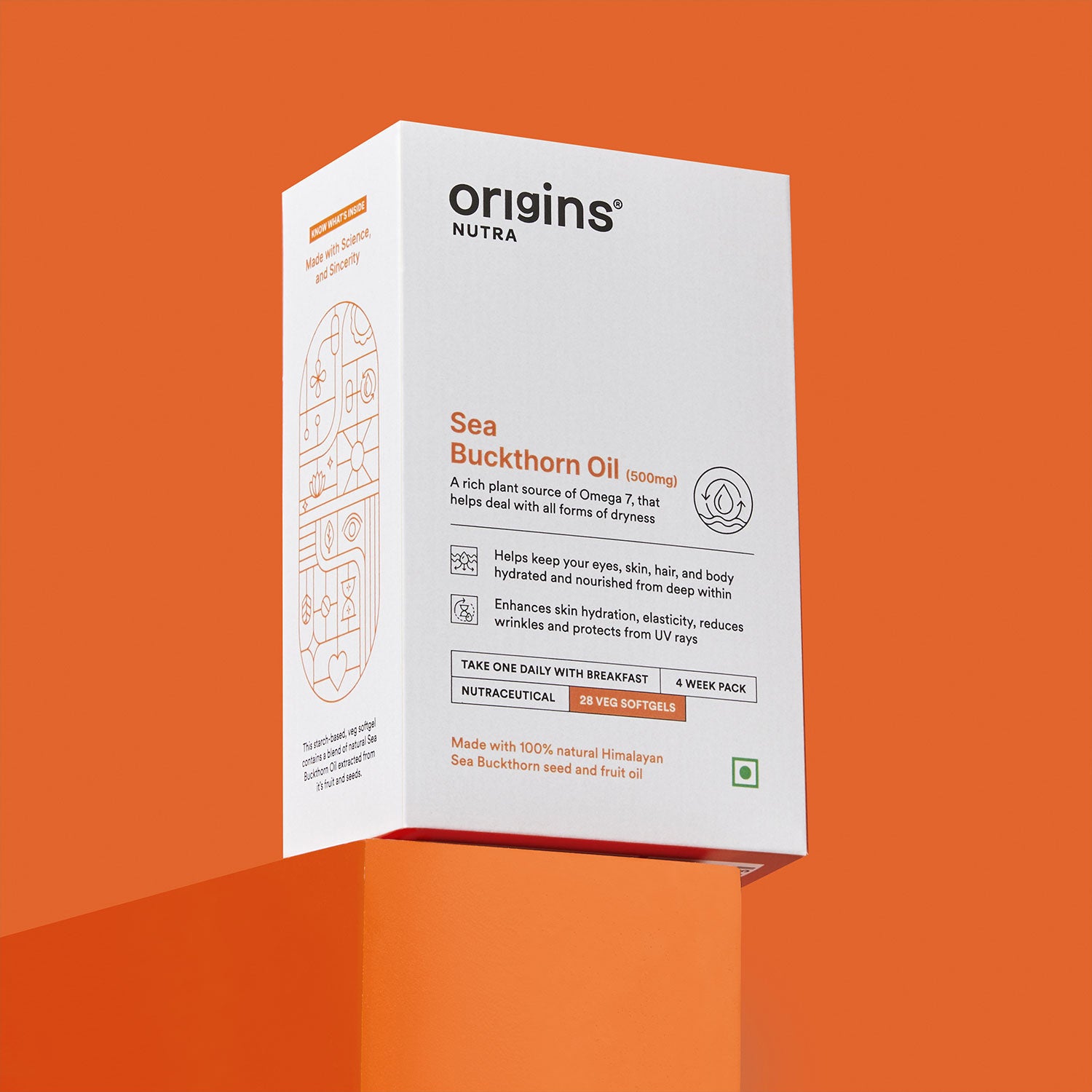
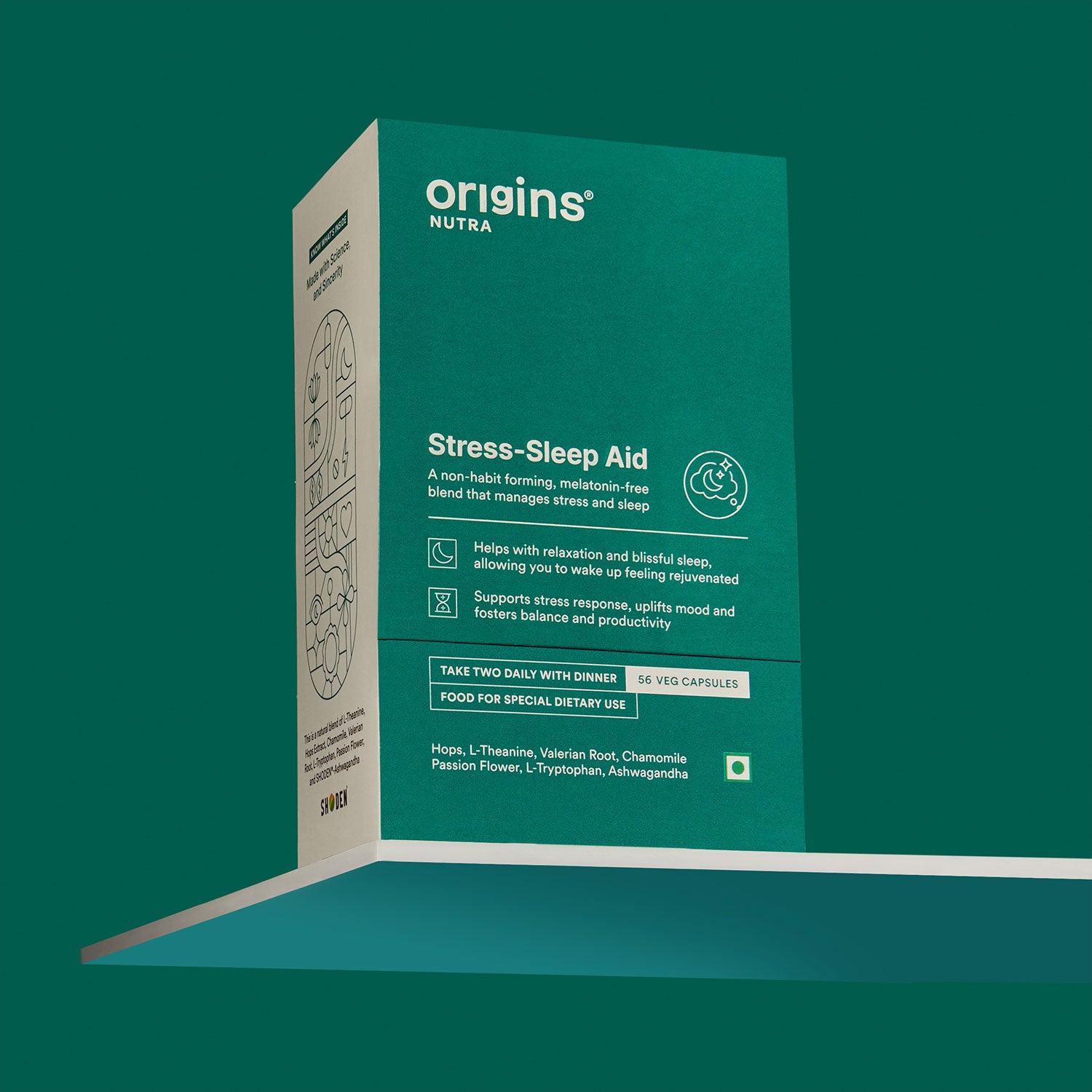
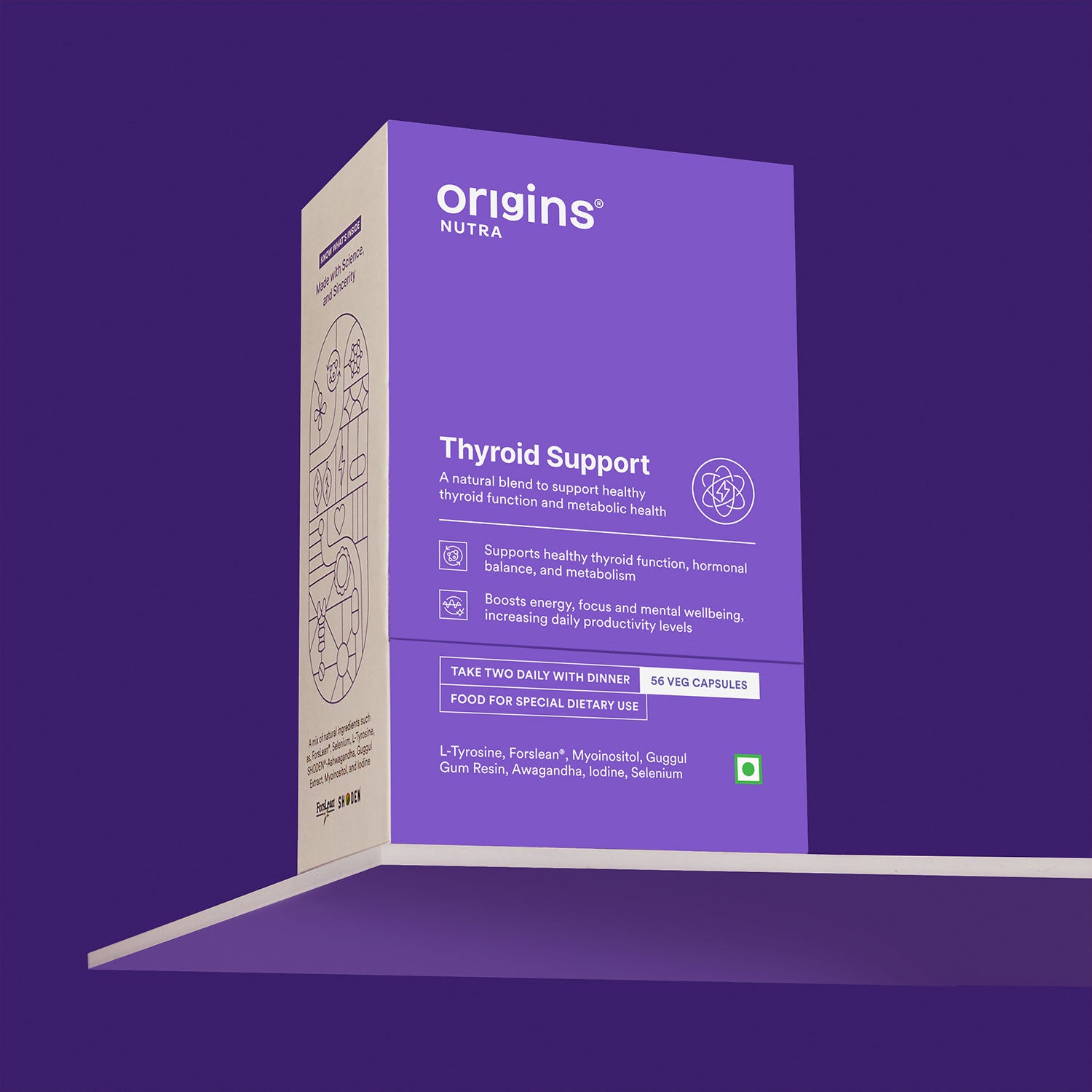
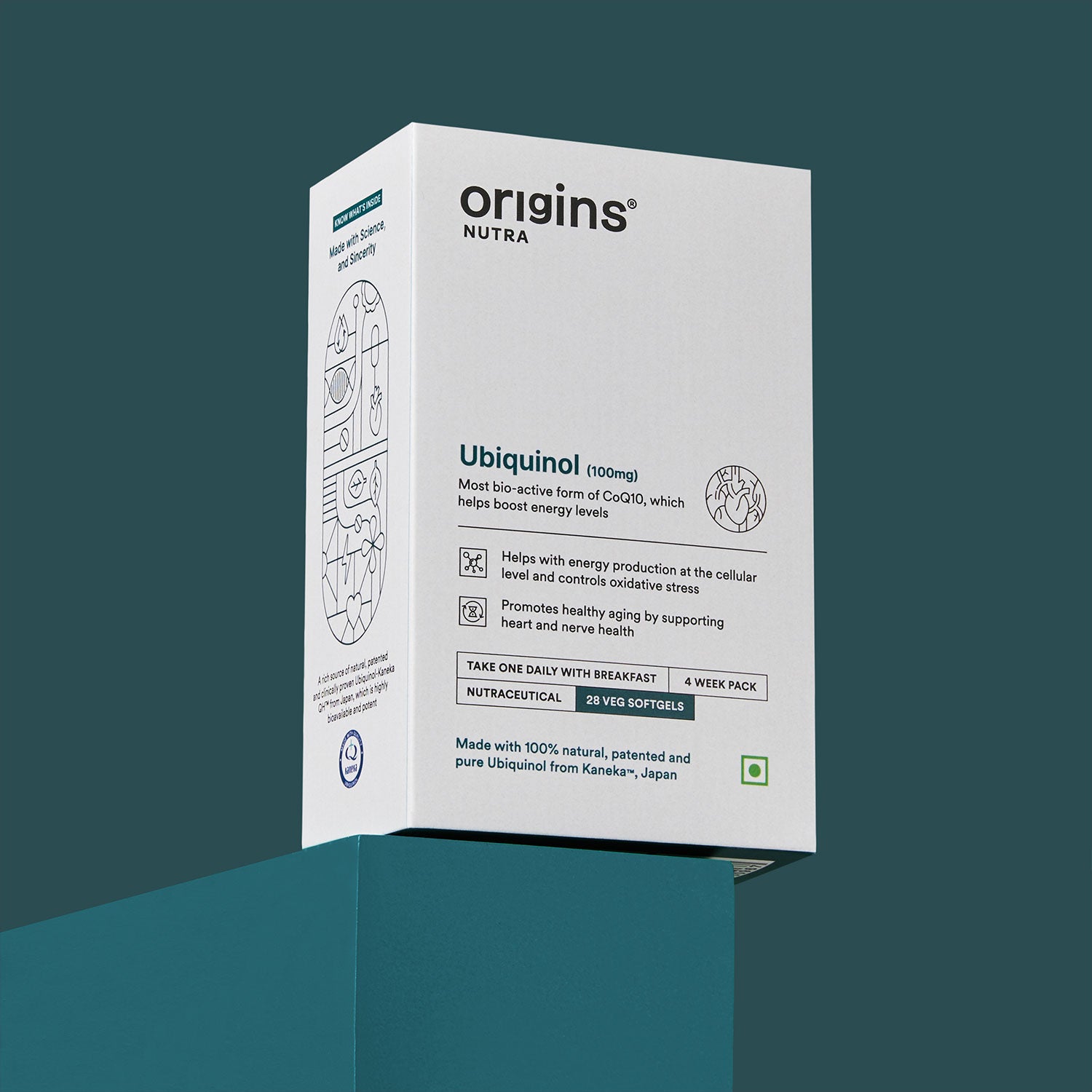


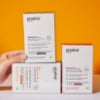


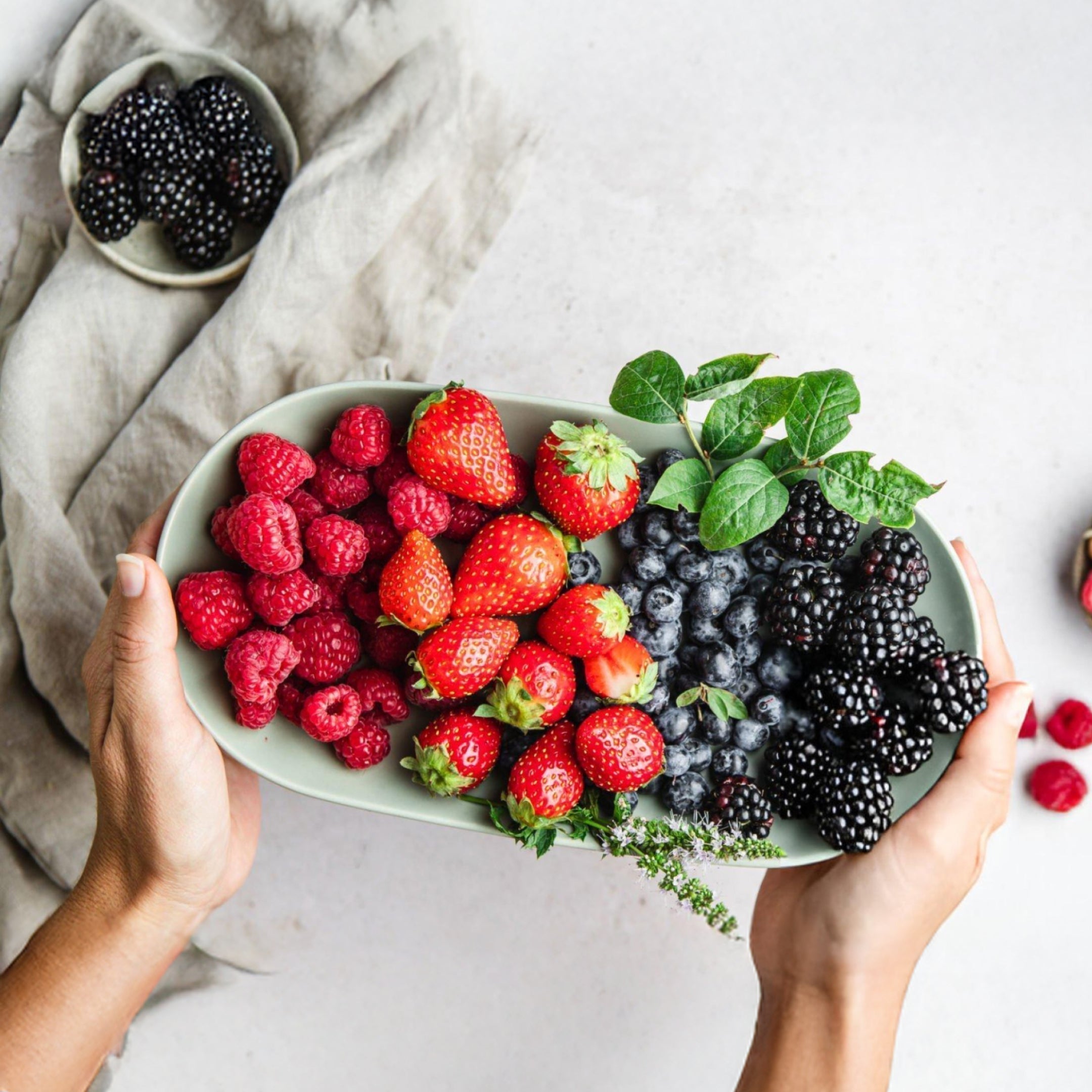
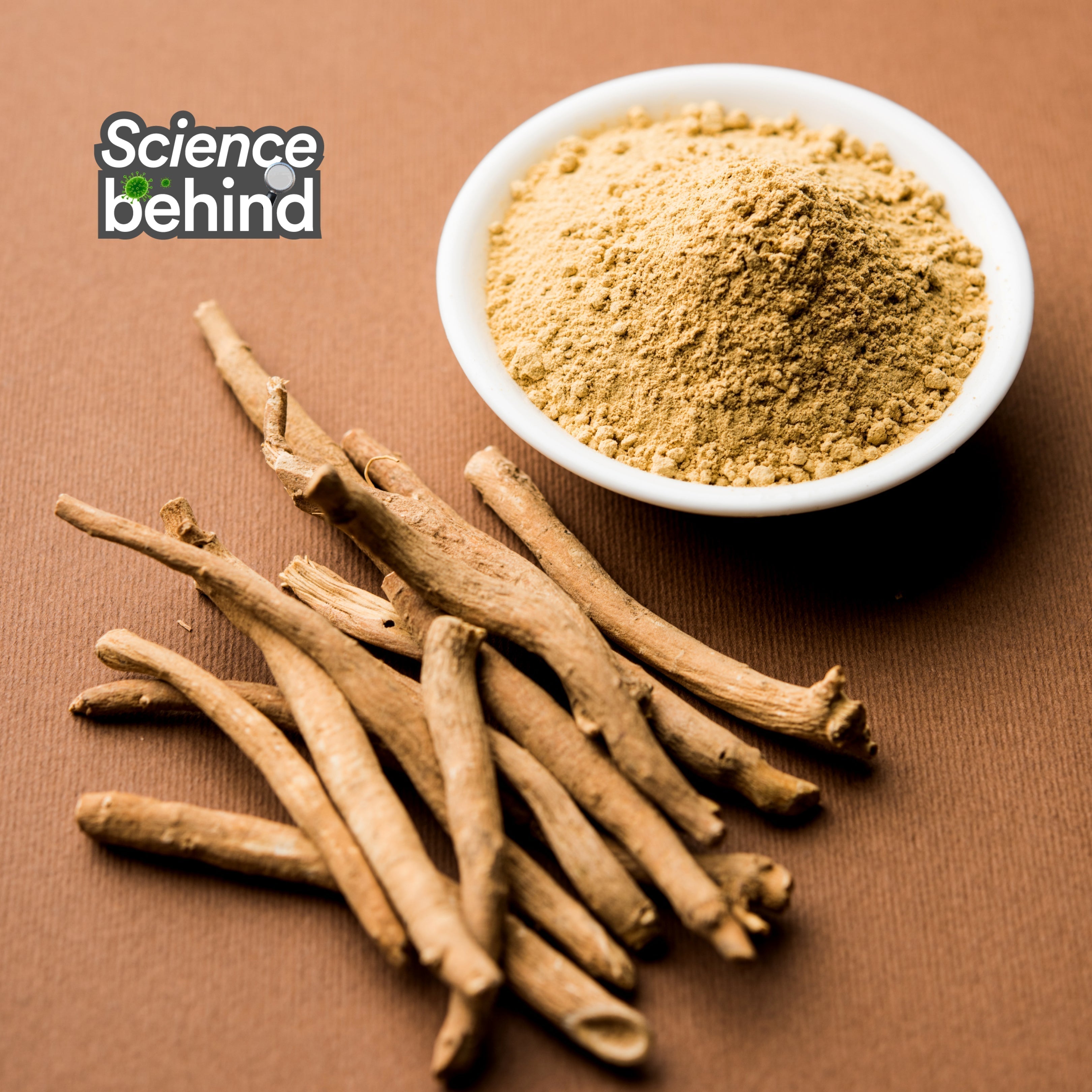



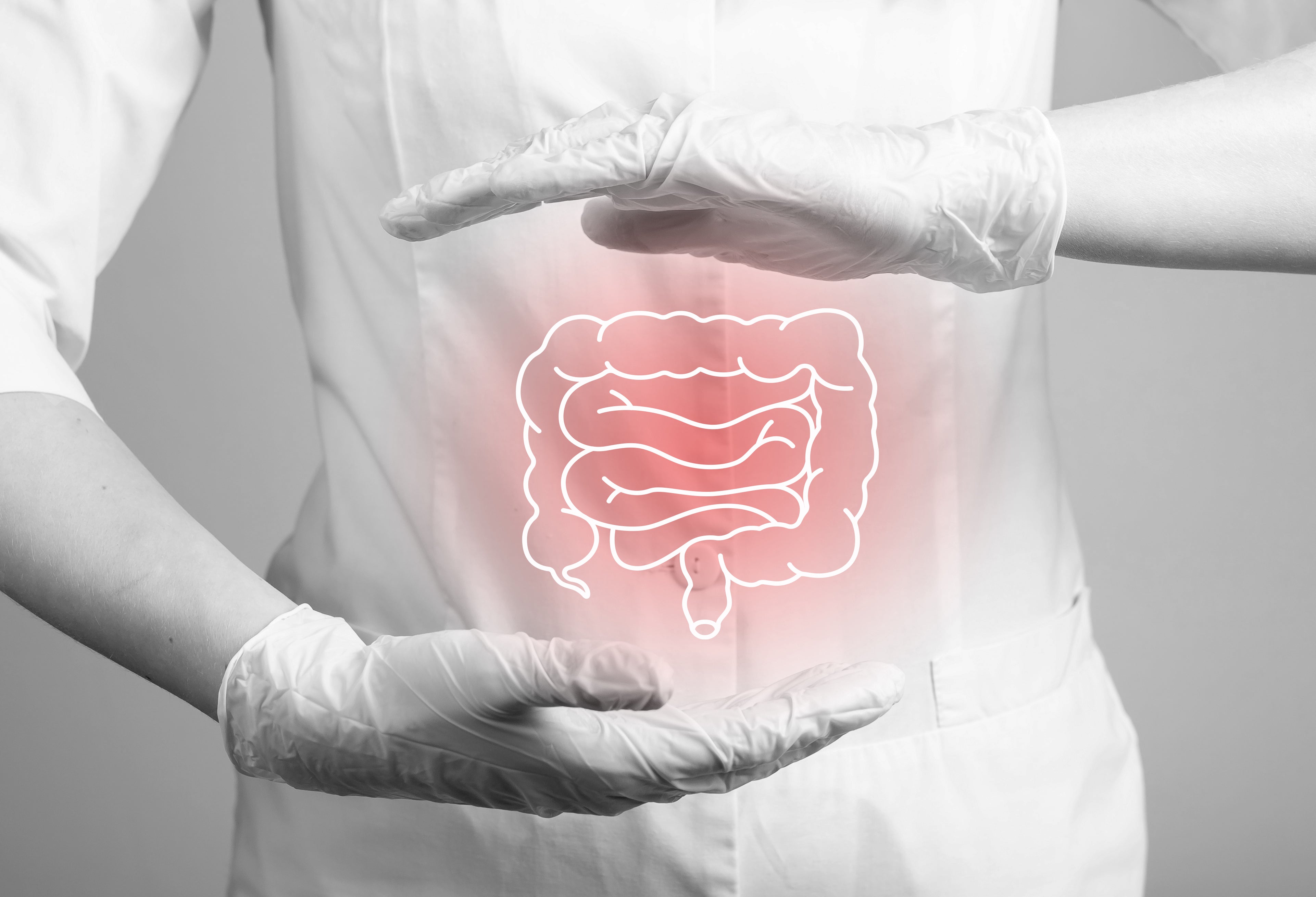
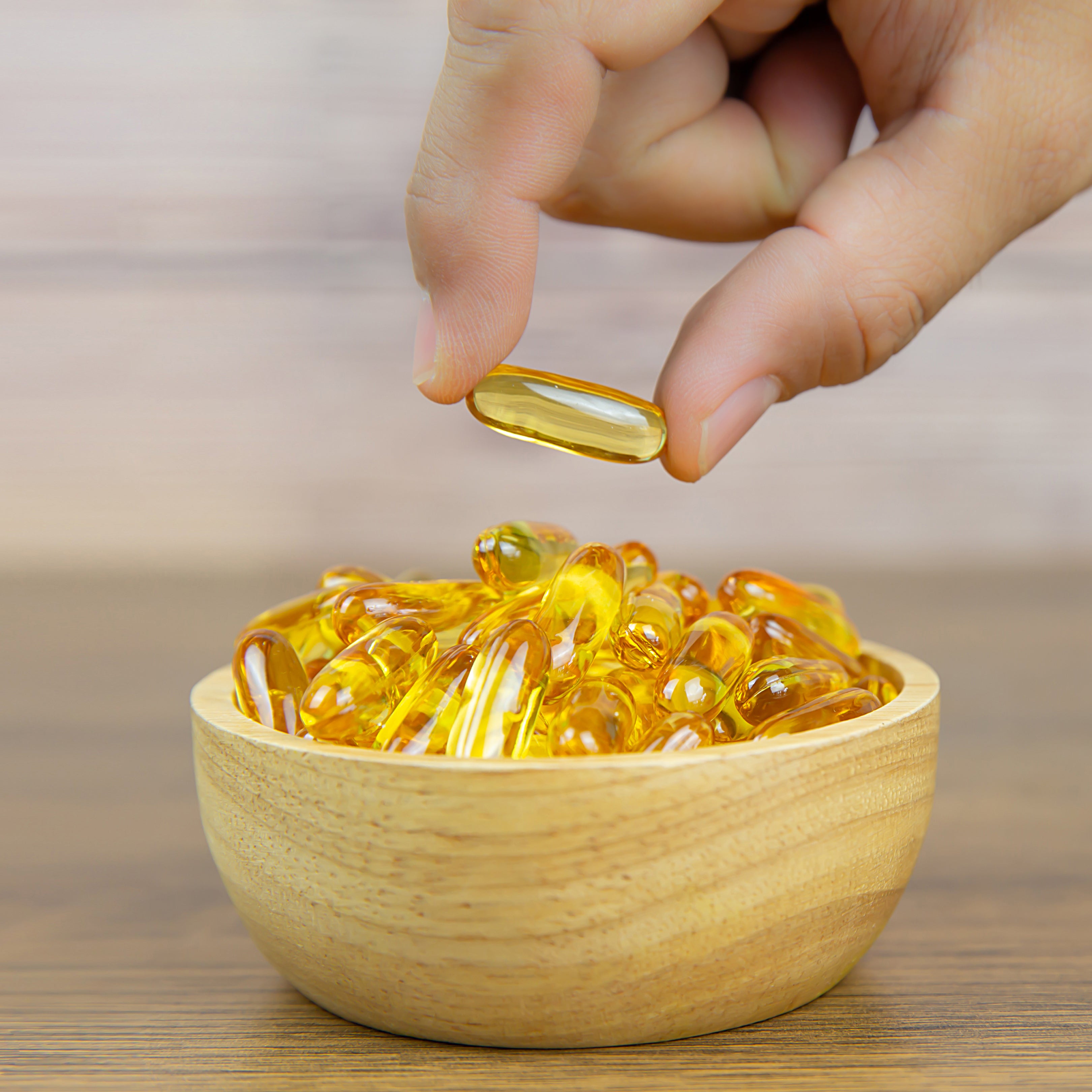


Leave a comment